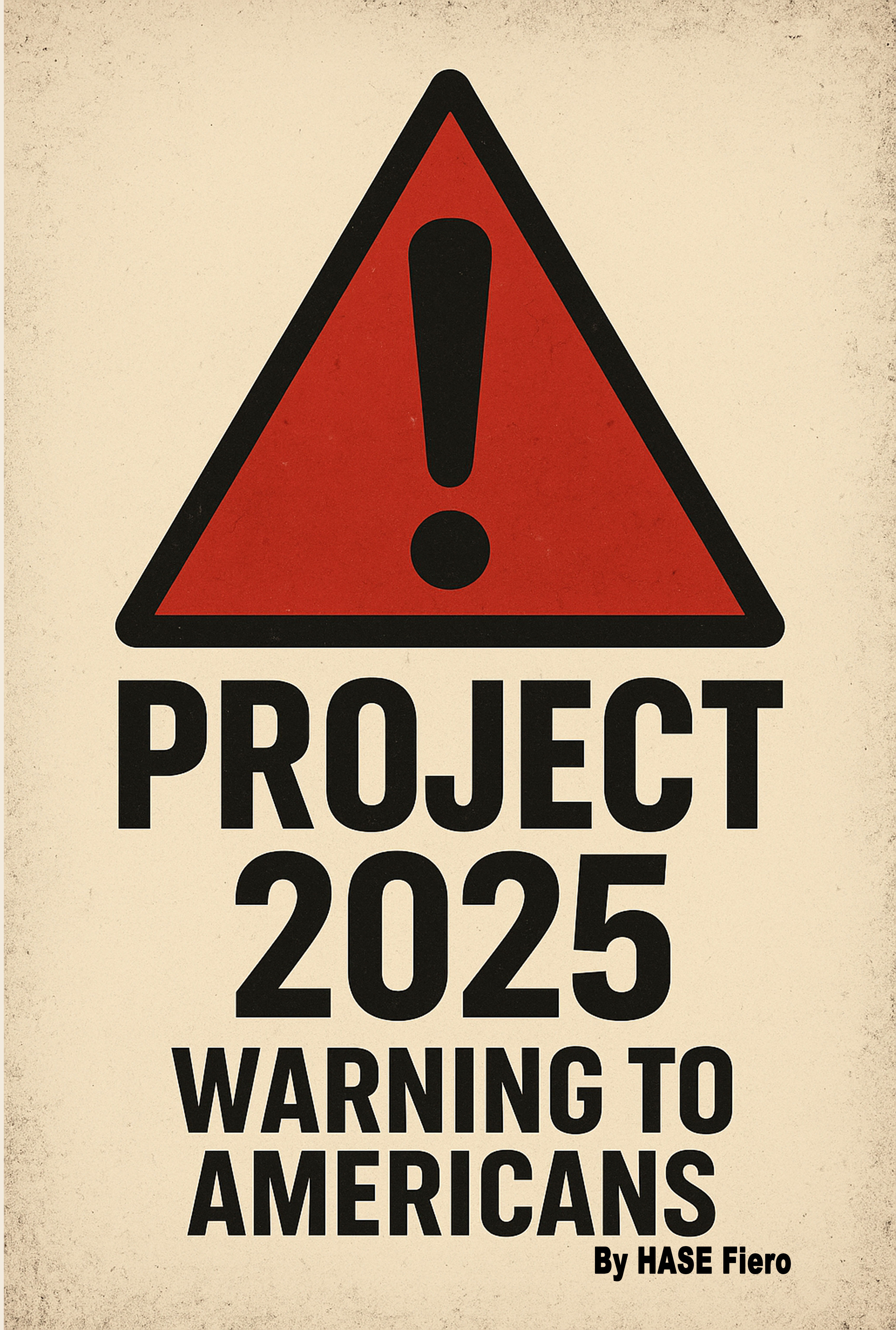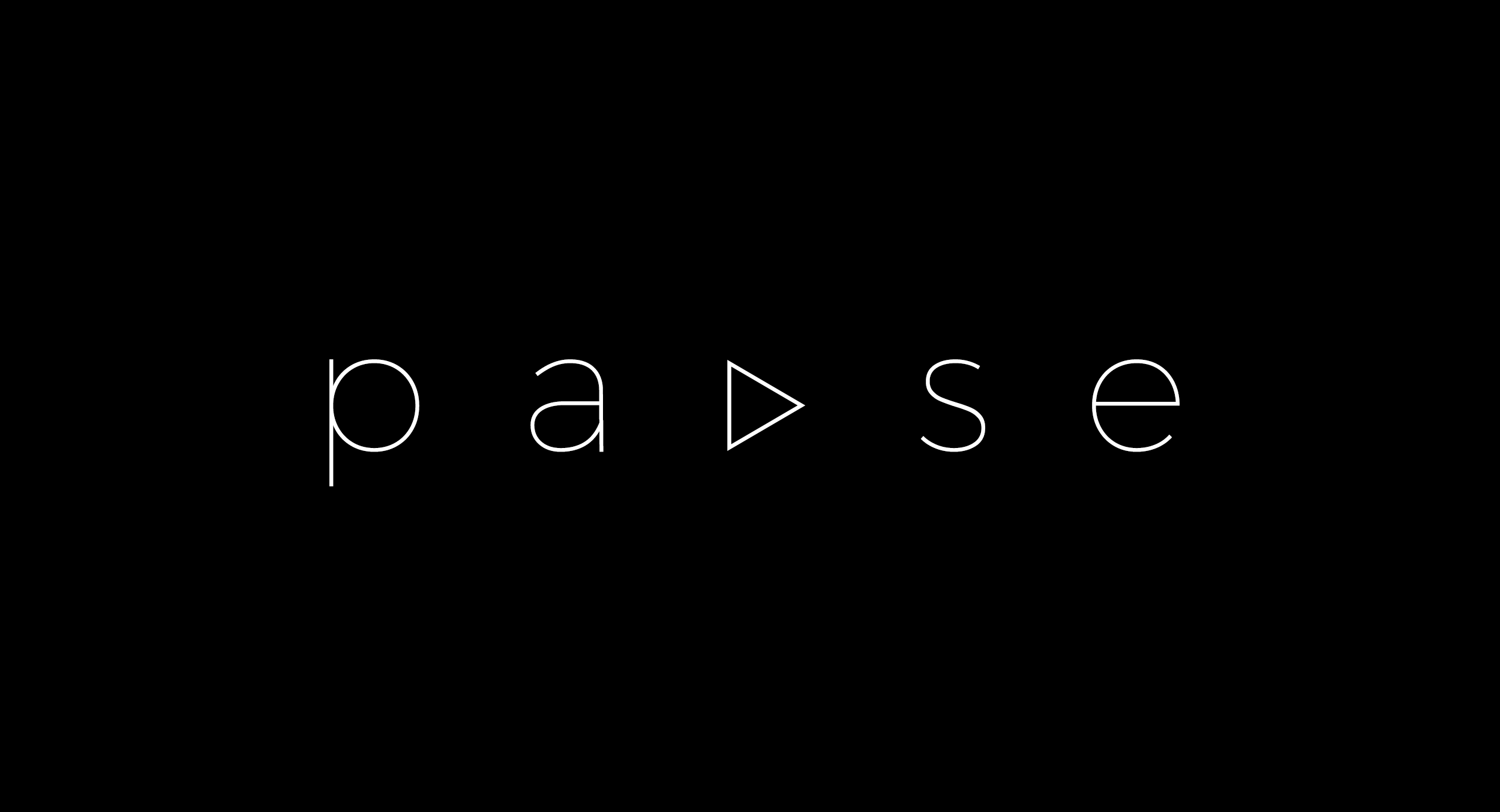Product Descriptions
The Battle for American Democracy in the Age of Theocracy
🔍 Summary and Critical Analysis
🎯 Purpose and ThesisThis book is a moral and civic wake-up call. Fiero positions Project 2025 as the culmination of a decades-long ideological and institutional campaign led by the religious right to seize and sanctify state power. The book’s thesis is clear: Project 2025 is not merely a policy proposal but a theological and authoritarian blueprint designed to subvert pluralistic democracy.
🏛️ StructureThe book is divided into three key parts:
Part I: The Blueprint for Dominion
Chronicles the historical evolution of the religious right from withdrawal (post-Scopes Trial) to full-fledged political engagement.
Shows how segregation, not abortion, catalyzed evangelical political mobilization.
Highlights the alliance between moral conservatism and economic libertarianism—culminating in Reagan’s embrace of the Mandate for Leadership.
Chronicles the historical evolution of the religious right from withdrawal (post-Scopes Trial) to full-fledged political engagement.
Shows how segregation, not abortion, catalyzed evangelical political mobilization.
Highlights the alliance between moral conservatism and economic libertarianism—culminating in Reagan’s embrace of the Mandate for Leadership.
Part II: The Architecture of Capture
Examines the Mandate for Leadership as the operational root of Project 2025.
Details the project's modern incarnation, outlining its 4-pillar strategy:
Mandate for Leadership 2025
Personnel Vetting Infrastructure
Leadership Academies
Day One Playbook
Warns about Schedule F as a central authoritarian legal mechanism.
Unpacks the “technocratic theocracy”—religious rule disguised as efficient bureaucracy.
Examines the Mandate for Leadership as the operational root of Project 2025.
Details the project's modern incarnation, outlining its 4-pillar strategy:
Mandate for Leadership 2025
Personnel Vetting Infrastructure
Leadership Academies
Day One Playbook
Warns about Schedule F as a central authoritarian legal mechanism.
Unpacks the “technocratic theocracy”—religious rule disguised as efficient bureaucracy.
Part III: Resistance and Reckoning
Highlights grassroots, institutional, legal, and faith-based resistance to Project 2025.
Offers future scenarios ranging from authoritarian implementation to civic renaissance.
Concludes with a passionate call to reclaim democracy through civic literacy, institutional reform, and interfaith solidarity.
🔥 Key StrengthsHolistic Framing: Fiero links theology, law, policy, history, and civic strategy into a unified narrative. This is both rare and intellectually rich.
Clarity of Argument: The book makes complex systems accessible. It names names, defines doctrines, and maps ideologies without diluting nuance.
Emotive Power: From the dedication to the conclusion, the tone is passionate yet grounded in research. It reads like both a manifesto and a roadmap.
Extensive Documentation: With a detailed bibliography and appendices, it equips activists, educators, and policymakers alike.
⚖️ Critical ReflectionBias and Intentionality: The book is self-described as “unapologetically democratic.” It makes no claim to neutrality—this is advocacy scholarship. Readers from different ideological camps may interpret this as partisan, but its transparency about intent is intellectually honest.
Balance vs. Urgency: Fiero’s urgent tone may polarize some readers. However, given the stakes presented, this is arguably necessary rhetorical strategy.
Limited International Comparison: The book might have benefited from comparative analysis with other global theocratic or illiberal regimes to contextualize U.S. trends in a wider frame.
🧭 Conclusion
Project 2025 and the Religious Right is more than a book. It is a political and moral document, a strategic intervention, and a call to civic arms. Through exceptional research and impassioned prose, HASE Fiero delivers a vital contribution to the defense of American democracy.
Published by: Intellectual Enlightenment Press, LLC
Highlights grassroots, institutional, legal, and faith-based resistance to Project 2025.
Offers future scenarios ranging from authoritarian implementation to civic renaissance.
Concludes with a passionate call to reclaim democracy through civic literacy, institutional reform, and interfaith solidarity.
Holistic Framing: Fiero links theology, law, policy, history, and civic strategy into a unified narrative. This is both rare and intellectually rich.
Clarity of Argument: The book makes complex systems accessible. It names names, defines doctrines, and maps ideologies without diluting nuance.
Emotive Power: From the dedication to the conclusion, the tone is passionate yet grounded in research. It reads like both a manifesto and a roadmap.
Extensive Documentation: With a detailed bibliography and appendices, it equips activists, educators, and policymakers alike.
Bias and Intentionality: The book is self-described as “unapologetically democratic.” It makes no claim to neutrality—this is advocacy scholarship. Readers from different ideological camps may interpret this as partisan, but its transparency about intent is intellectually honest.
Balance vs. Urgency: Fiero’s urgent tone may polarize some readers. However, given the stakes presented, this is arguably necessary rhetorical strategy.
Limited International Comparison: The book might have benefited from comparative analysis with other global theocratic or illiberal regimes to contextualize U.S. trends in a wider frame.
Published by: Intellectual Enlightenment Press, LLC



